#Shamash
Explore tagged Tumblr posts
Text

Votive tablet depicting Shamash, the sun-god of Sippar, seated in his shrine with the Babylonian king Nebopaliddin being led into the God's presence by two figures. Babylonian art, 9th century BC.
Learn more https://www.archaeologs.com/w/sippar/
#archaeology#archaeological#dictonary#history#votive#shamash#sippar#babylonia#art#babylonian art#mesopotamia#baghdad#iraq#sumerian#arkeoloji#tarih#sanat#babil
106 notes
·
View notes
Text

Heavenly Twins; Ishtar & Shamash.
#mythology#mythology art#Sumerian mythology#Sumerian mythology art#Mesopotamian mythology#Mesopotamian mythology art#Shamash#Shamash art#Ishtar#Ishtar art#Inanna#Inanna art#Utu#Utu art#Sun god#queen of Heaven#my art#my artwork
35 notes
·
View notes
Text






Had to re-read The Epic Of Gilgamesh (This time the Sophus Helle translation) for class, so here are some of the doodles I made along with my notes
#the epic of gilgamesh#epic of gilgamesh#gilgamesh#enkidu#gilkidu#shamash#shamhat#humbaba#doodles#sketches#sketch#doodle#ancient literature#mesopotamian mythology#mesopotamia#uruk#ur-shanabi
67 notes
·
View notes
Text
#jumblr#jewblr#jewish#judaism#jewish tumblr#jewposting#jewish positivity#jewish culture#jewish holidays#polls#channukah#hannukah#menorah#chanukah#hanukkah#poll#tumblr polls#shamash#חנוכה#why are there so many spellings of channukah
41 notes
·
View notes
Text


154 notes
·
View notes
Text
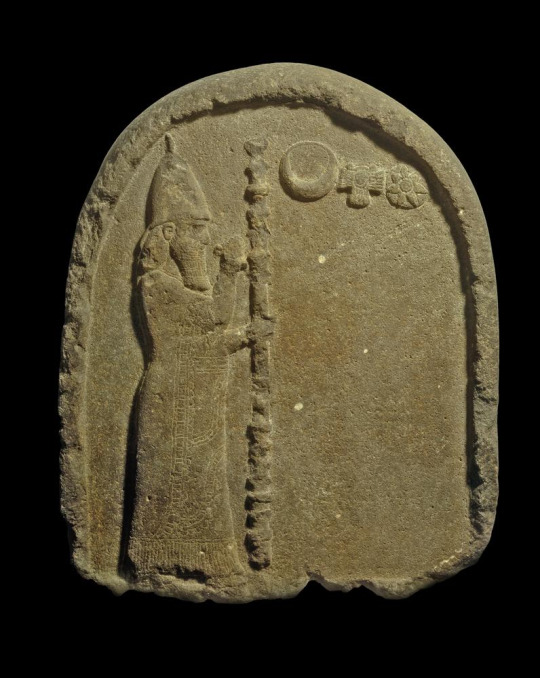

Babylonian Stele of Nabonidus before Moon, Sun, and Venus c. 545 BCE Babylon, Iraq (?) British Museum #90837
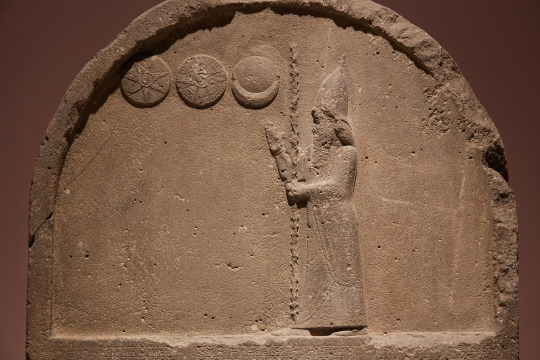
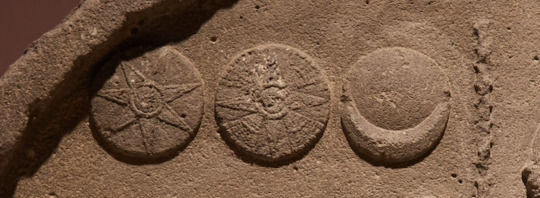
Harranian Stele of Nabonidus before Moon, Sun, and Venus c. 545 BCE Harran, Turkey Şanlıurfa Museum, Urfa, Turkey
#harran#babylon#assyria#assyrian gods#babylonian gods#sumer#sumerian gods#akkad#akkadian gods#nabonidus#shamash#ishtar#sin#venus#moon#sun#winged sun#horned sun#crescent#star#astrogram#heptagram#astrology#pagan gods#polytheism#archeology#magic#witchcraft#witchblr#paganblr
284 notes
·
View notes
Text

Shamash and Apollo meeting trust. Would make more sense with Helios but baby Apollo is a must
9 notes
·
View notes
Text

The Fourth House. Seers. House of The Indigo Night. Neberu. Fiends.
Nedu | Ninsun | Shamash
N'hai is the character of my friend @tomatikoma
#demon series#art#artists on tumblr#digital art#wod#wod art#ttrpg#ttrpg art#world of darkness#ttrpg oc#wod oc#dtf oc#dtf#demon character#demon the fallen#demon oc#demon boy#demon art#demon#neberu#fiend#nedu#ninsun#shamash#not my oc#mythical creatures#fantasy#fantasy art#demoncore#angelcore
22 notes
·
View notes
Text

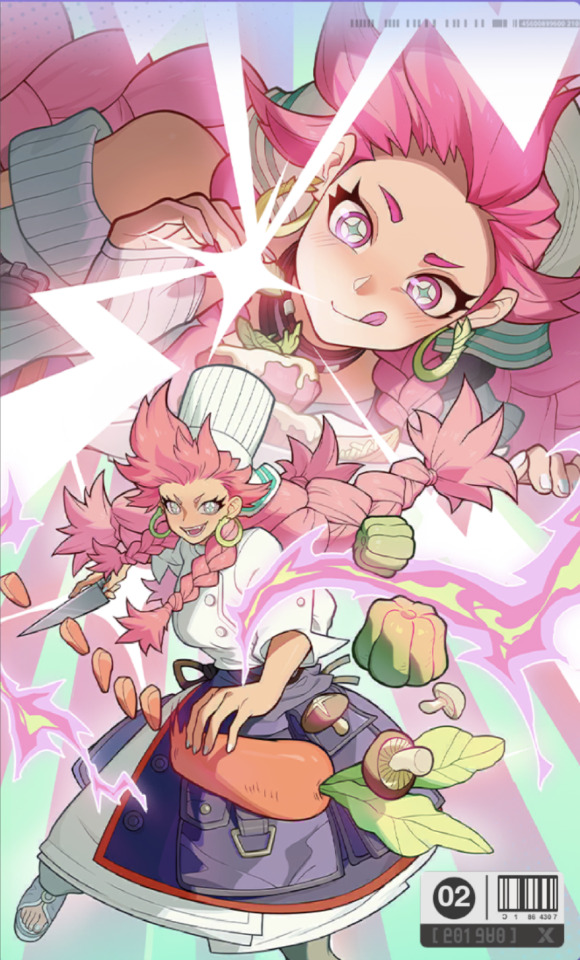


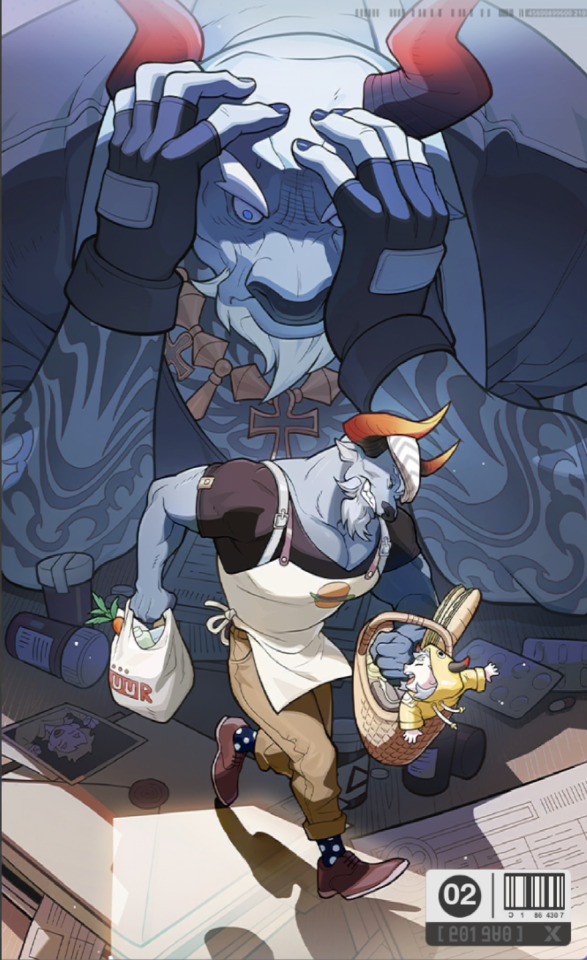
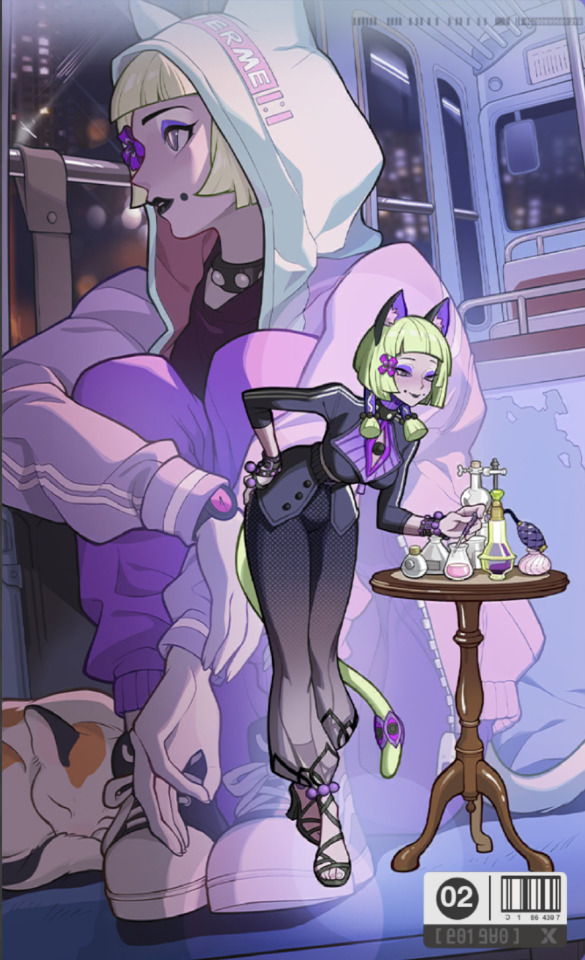

new album artworks
#javid#shamash#ginny#hestia#zhong nan#zhong kui#sienna#gaia#djoser#atum#berenice#bastet#chalmers#idun#esper#dislyte#video game#art#not mine#free to use#screenshots#javids is boring af#GINNY SLAYED YES QUEEEEEEN#zhong eh#sienna 🥹🥹🥹🥹🥹 give me a chance#djoser :(#benny!!!! :D#and chalmers' is also kind of borimg so yea#nice set
281 notes
·
View notes
Text


















#Hanukkah#Jewish princess#Chanukkah#pink Hanukah#pink H#anukkah#girly#Jewish#gelt#menorah#Chanukiyah#dreidel#sufganiyot#latkes#dinosaur menorah#shamash#feminine#holidays#winter#pink#star of David#Magen David#hanukkah cookies#hanukah#chanukah#chanukkah#hamsa#cute#pink christmas#pinkmas
10 notes
·
View notes
Text
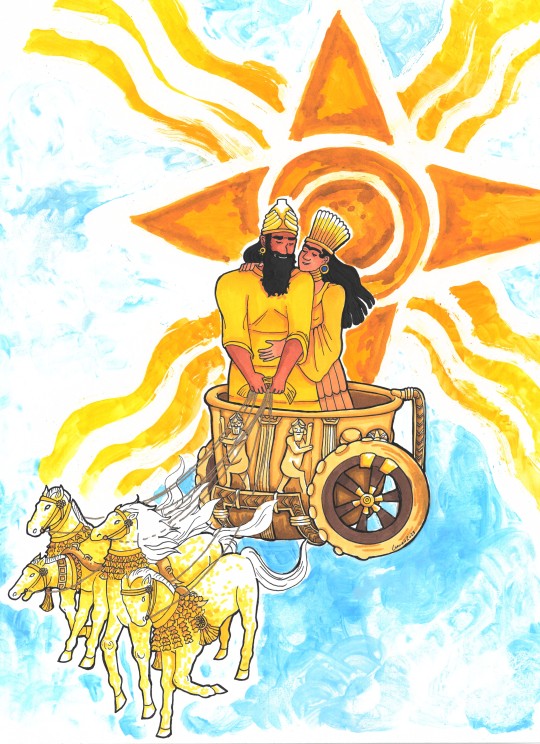
Inktober 1: "Sun Chariot"
Revisited my design for Aya a bit - I like how she turned out in this one! The scan did some weirdness to the background...
#Aya#Shamash#Inktober2023#mesopotamian mythology#annunaki#oof why is drawing horses so hard?#There are four creatures here#none of which are a horse
97 notes
·
View notes
Photo
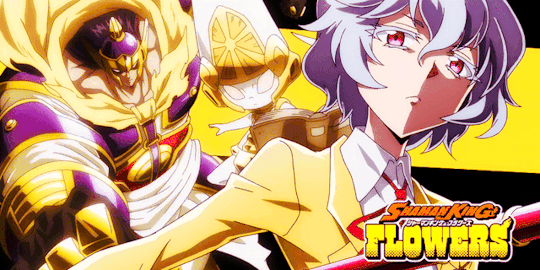

Halfpoint - Shaman King: Flowers - Episode 9
#Shaman King Flowers#Shaman King#skedit#shamankingedit#Men Tao#Bason#Shamash#Tao Men#my gifs#my post
50 notes
·
View notes
Text
✨🦁✨ 🥴💦
#dislyte#shamash#javid#I assume those dark cuneiform-covered pillars he summons are evocative of the Code of Hammurabi stele
116 notes
·
View notes
Text
Janucá, la fiesta judía de las luces
🇪🇸 Janucá, conocida como la fiesta judía de las luces, es una de las festividades más importantes y alegres en el calendario hebreo. Cada año, los judíos celebran esta festividad desde el 26 de diciembre hasta el 2 de enero. La celebración conmemora un milagro histórico ocurrido en el año 165 a.C., cuando los judíos lograron recuperar el Templo de Jerusalén y se encontraron con solo un poco de aceite para encender la menorá, el candelabro sagrado. Este aceite, milagrosamente, ardió durante ocho días, lo que es el motivo central de la festividad. Durante los ocho días, los hogares judíos encienden las velas de la janukiá, un candelabro de nueve brazos. El shamash, la novena vela, se usa para encender las demás. A lo largo de la celebración, se comparten momentos familiares y se realizan actividades como el juego del dreidel (sevivón), y se disfrutan alimentos fritos como los levivot y sufganiyot (buñuelos). Janucá también es un momento de reflexión espiritual, donde la luz de las velas simboliza la esperanza, la resiliencia y la lucha contra la opresión. Este año, la festividad comenzará la noche del 25 de diciembre, coincidiendo con la Navidad, un recordatorio de que tanto la esperanza como la luz pueden trascender cualquier oscuridad.
🇺🇸 Hanukkah, known as the Jewish Festival of Lights, is one of the most important and joyous holidays in the Hebrew calendar. Every year, Jews celebrate this festival from December 26 to January 2. The celebration commemorates a historical miracle that occurred in 165 BCE, when the Jews recaptured the Temple of Jerusalem and found only a small amount of oil to light the sacred menorah. This oil, miraculously, burned for eight days, which is the central theme of the holiday. Over the eight days, Jewish homes light the hanukkiah, a nine-branched candelabrum. The shamash, the ninth candle, is used to light the others. Throughout the celebration, families share moments together, play the dreidel game (sevivon), and enjoy fried foods like levivot and sufganiyot (doughnuts). Hanukkah is also a time for spiritual reflection, where the light of the candles symbolizes hope, resilience, and the fight against oppression. This year, the holiday begins on the night of December 25, coinciding with Christmas, a reminder that both hope and light can transcend any darkness.
#Janucá#FiestaDeLasLuces#Esperanza#Resiliencia#Antisemitismo#Luz#Reflexión#Menorá#Shamash#Dreidel#Levivot#Sufganiyot#Espiritualidad#Tradición#Familia#Navidad#CulturaJudía#OchoDías#Milagro#Jerusalén#judaísmo#judaism#jewish#judío#cultura judía#jumblr#judíos
3 notes
·
View notes
Text


Shamash roto
Primer diseño de lo que , ahora es, el mundo de Teocracia Dorada, un mundo que planeo ir expandiendo tanto en ilustración cómo en escritos.
#art#illustration#artists on tumblr#ilustracion#watercolor#acuarela#fantasy#fantasía#science fantasy#science fiction#gol#teocracia dorada#heirs of the gold#shamash
3 notes
·
View notes
Text
New character: Shamash





He's the Mesopotamian god of justice
24 notes
·
View notes